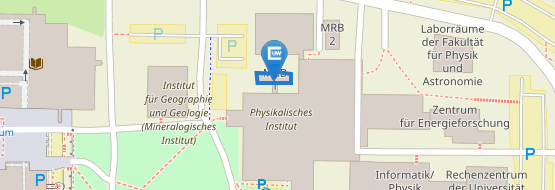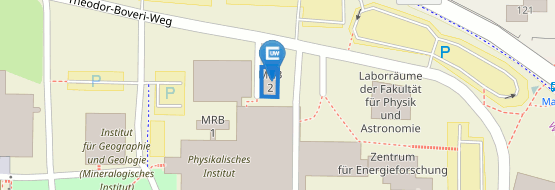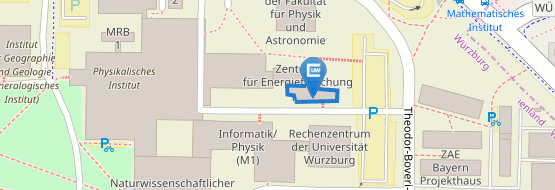Research
Nano-Optics and Biophotonics
Research topics

Interfacing electrons and photons at the nanometerscale may lead to ultrasmall light-emitting devices for computer screens or to ultrafast on-chip optical communication. We have developed electrically connected optical nanoantennas that serve as a platform for series of experiments in which electrons and photons interact strongly to produce new physical effects.
Further reading:
- R. Kullock et al., Directed emission by electrically-driven optical antennas, Proc. SPIE 10540 (2018)
- J. Kern et al., Electrically-driven optical antennas, Nature Photonics 9, 582 -586 (2015), arxiv:1502.04935
- J.C. Prangsma et al., Electrically connected resonant optical antennas, Nano Letters 12, 3915 (2012)

Controlling the flow of light at the nanometer scale has great potential for diverse applications such as integrated optical data communication and on-chip optical moleculasr sensing. We are able to selectively excite and control the propagation of different well-defined modes on two-wire transmission lines. Such modal control can be used to obtain routing of optical pulses according to criteria such as polarization.
Further reading:
- E. Krauss et al., Reversible Mapping and Sorting the Spin of Photons on the Nanoscale: A Spin-Optical Nanodevice Nano Letters, 19, 5, 3364-3369 (2019)
- G. Razinska et al., Limits of Kirchhoff's Laws in Plasmonic, Sci. Rep. 8, 1921 (2018)
- C. Rewitz et al., Coherent control of plasmon propagation in a nanocircuitPhys. Rev. Applied 1, 014007 (2014)
- P. Geisler et al., Multimode plasmon excitation and in-situ analysis in top-down fabricated plasmonic nanocircuits, Phys. Rev. Lett. 111, 183901 (2013), arXiv:1304.1737

Strong coupling of a single quantum system to an optical resonator is a hallmark of quantum optics. It is characterized by the repeated coherent exchange of a single excitation between the emitter and the resonator. We study strong coupling of single emitters to plasmonic nanoresonantors at room temperature. We position emitters within the ultrasmall subwavelength mode volumes of broadband plasmonic nanoresonantors using high-end nanofabrication. The goal is to achieve deterministic photon-emitter interaction for quantum communication, quantum sensing, as well as the development of novel quantum optical imaging modalities.
Further reading:
- H. Groß et al., Near-field strong coupling of single quantum dots, Science Adv., 4, 3 (2018)
- D. Friedrich et al., Anticrossing of a plasmonic nanoresonator mode and a single quantum dot at room temperature, arxiv.org/abs/2305.06909
- S. Pres et al., Detection of a plasmon-polariton quantum wave packet, Nature Physics 19, 656 (2023)

Our mission is to obtain fundamental control over light-matter interaction by controlling the flow of photons at the nanometer scale down to the size of single atoms, molecules, and quantum dots. We use optical nanoantennas and related plasmonic nanostructures as enabling devices.

We rely on our ability to fabricate high-end single-crystalline gold nanostructures based on large, but very thin chemically grown single-crystal gold flakes. Using top-down nanostructuring methods, such as focused ion-beam milling, we strive to obtain highest quality gold nanostructures with close to atomic precision.
Further reading:
- X. Wu et al., Single-crystalline gold microplates grown on substrates by solution-phase synthesis,Cryst. Res. Technol. 50, 595 (2015)
- X. Wu et al., Silica-gold bilayer-based transfer of focused ion beam-fabricated nanostructures,Nanoscale 7, 16427 (2015)
- E. Krauss et al., Controlled Growth of High-Aspect-Ratio Single-Crystalline Gold Platelets, Cryst. Growth Des., 18 (3), 1297-1302 (2018)
- S. Großmann, Nonclassical optical properties of mesoscopic gold, Phys. Rev. Lett., 122, 246802 (2019)









